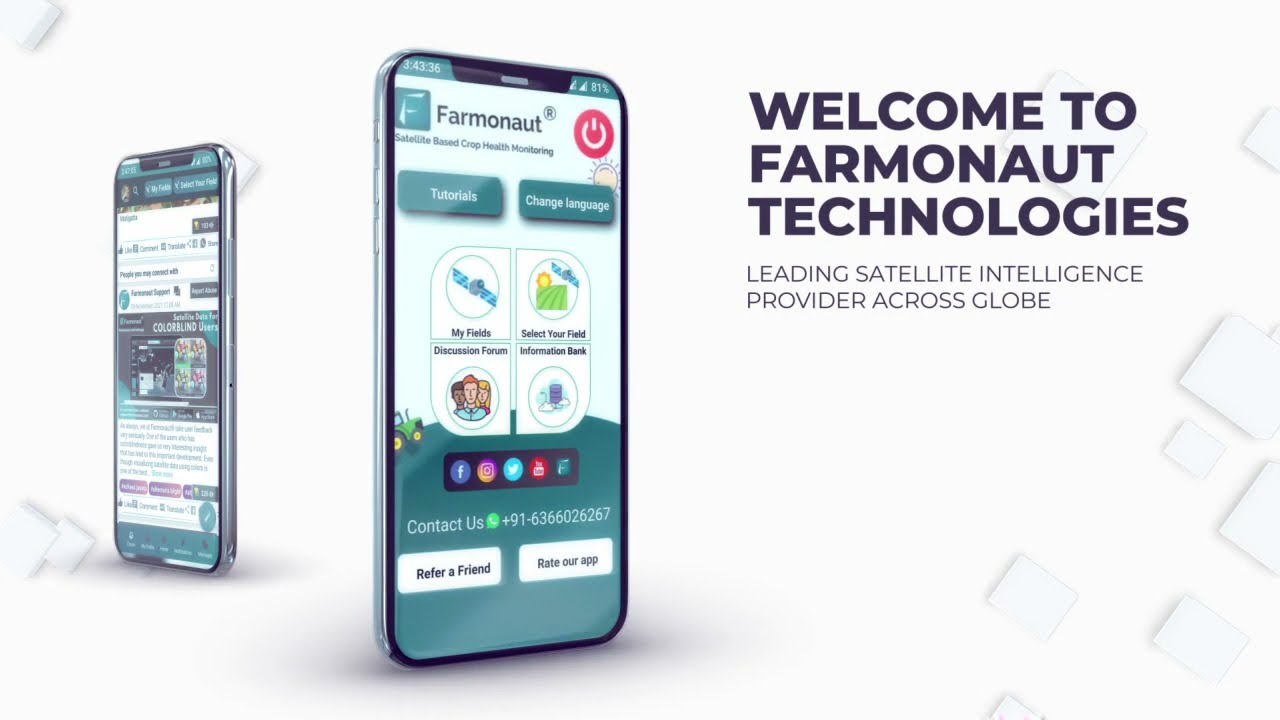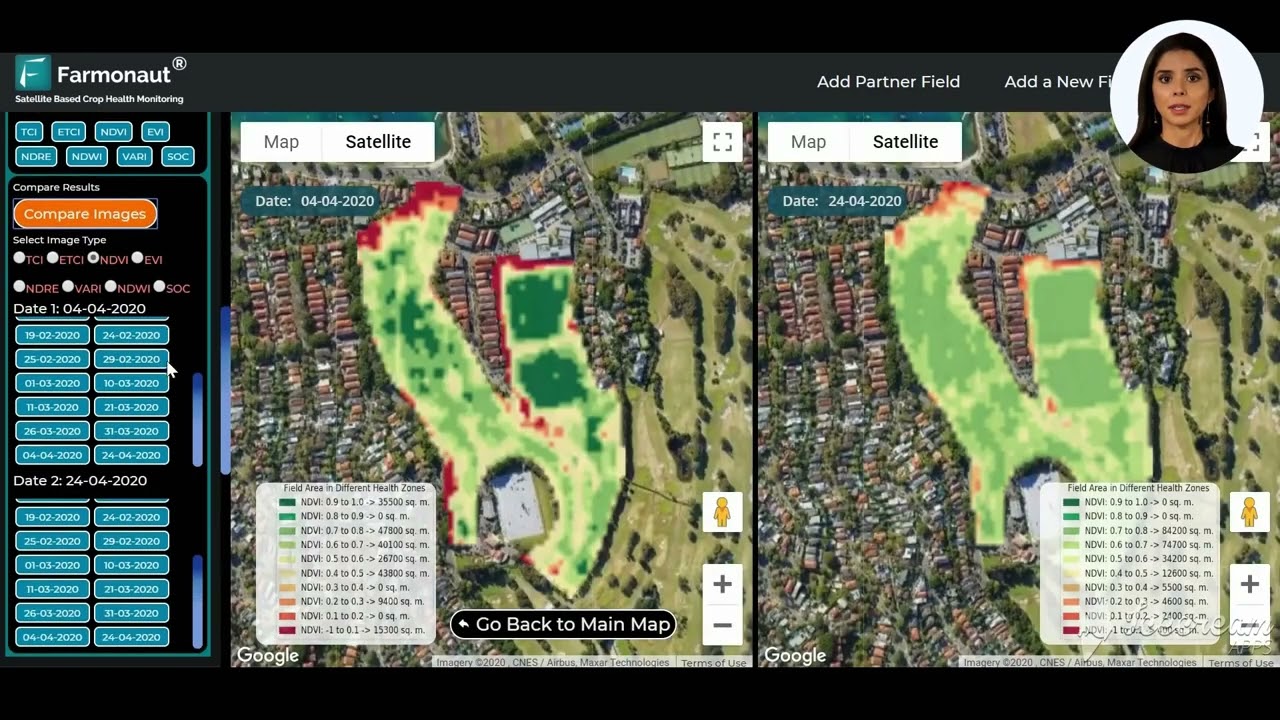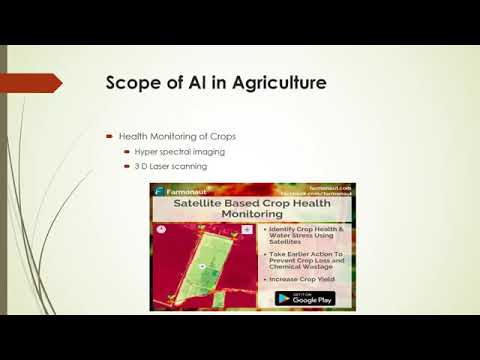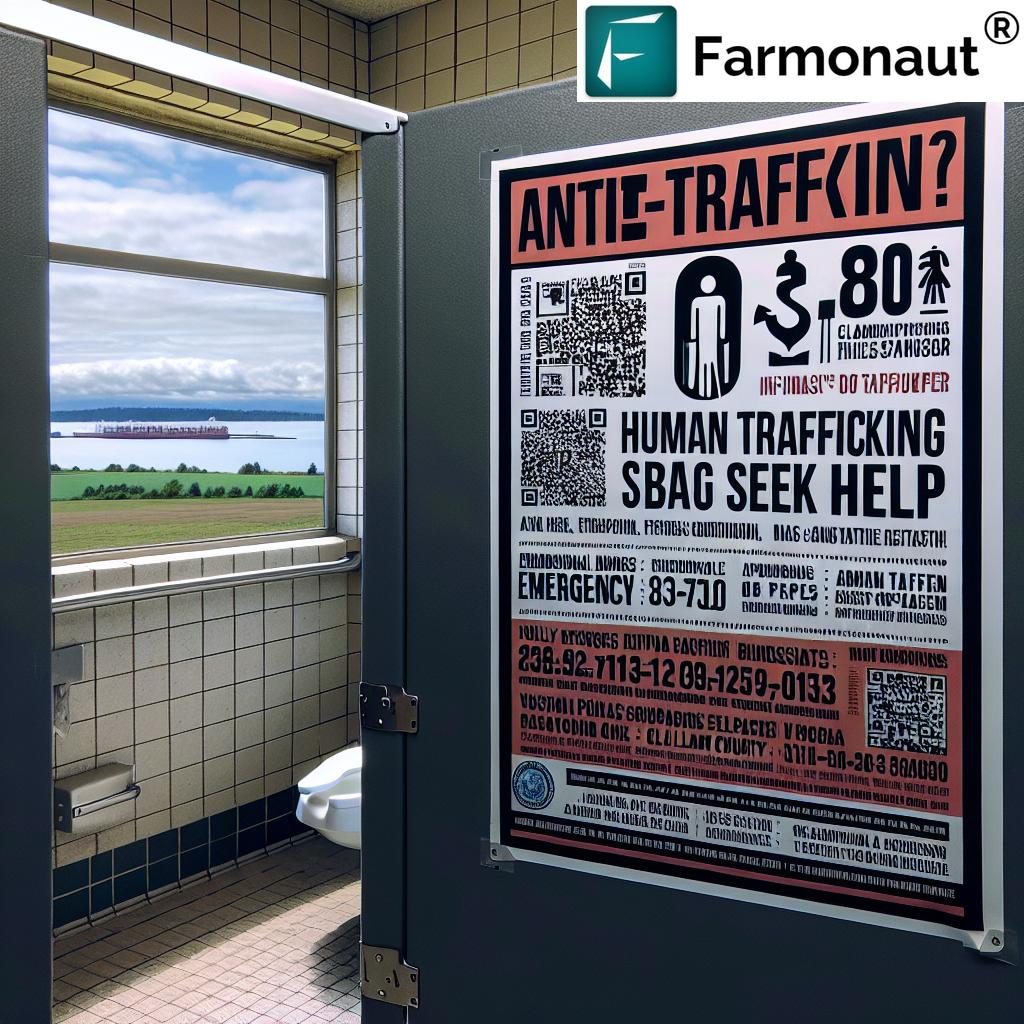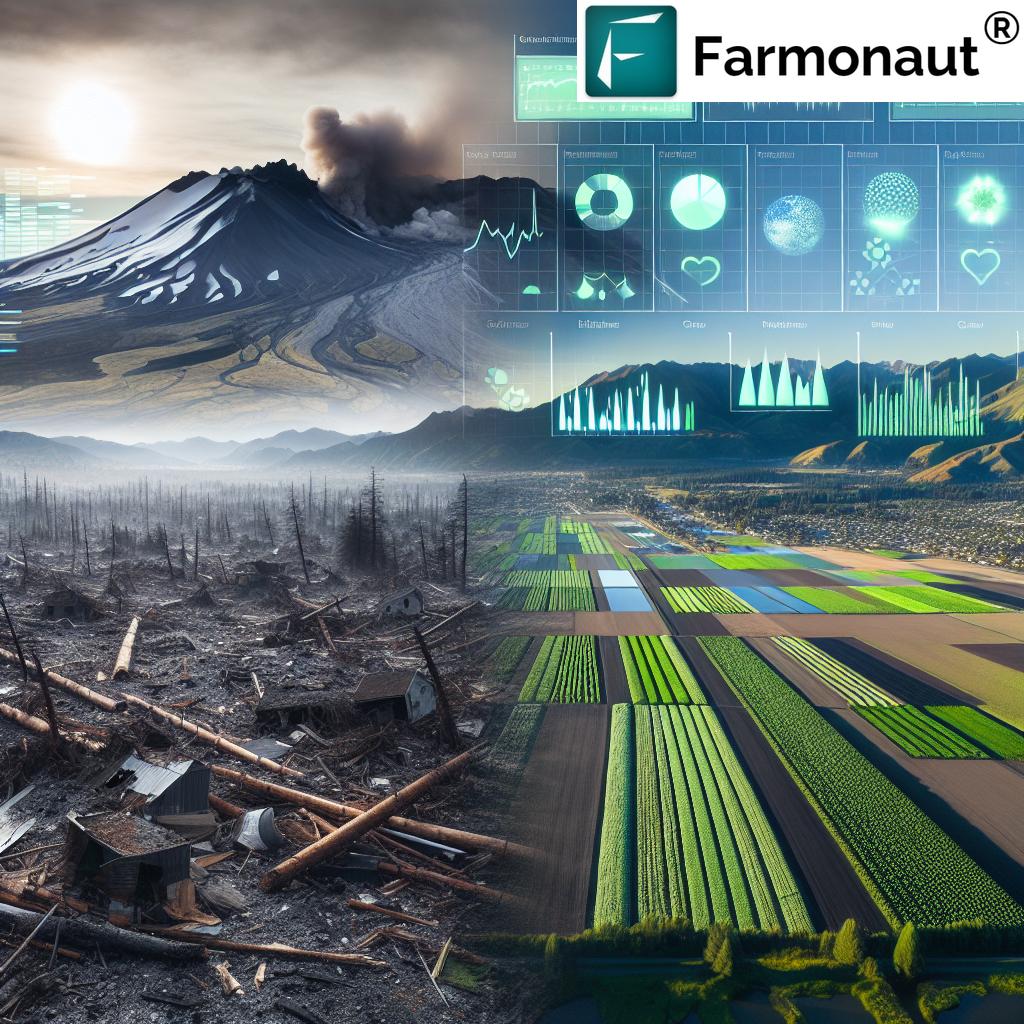Oahu’s Waste Crisis: New Laws Ban Landfills Over Aquifers and Prime Agricultural Land
“Oahu’s new laws ban landfills over aquifers and prime agricultural land, impacting 100% of future waste management plans.”
As we delve into the complex world of waste management on the beautiful island of Oahu, we find ourselves at a critical juncture. The recent passage of groundbreaking environmental bills has sent ripples through Hawaii’s waste management landscape, forcing a reevaluation of long-standing practices and challenging us to envision a more sustainable future for our island paradise.
In this comprehensive exploration, we’ll unpack the implications of these new Oahu landfill regulations, examine the challenges faced by Honolulu in addressing its waste crisis, and consider the innovative solutions that may shape the future of waste management in Hawaii. Join us as we navigate the intricate balance between development, environmental protection, and the preservation of our precious natural resources.
The Turning Point: New Environmental Bills Reshape Oahu’s Waste Management Strategy
In a landmark decision that underscores Hawaii’s commitment to environmental stewardship, state lawmakers have passed two pivotal bills out of committee. These bills, House Bill 969 and Senate Bill 438, represent a significant shift in Hawaii waste management laws, effectively banning the construction of landfills over aquifers and prime agricultural land.
This legislative action strikes at the heart of Oahu’s ongoing waste management challenges, compelling city officials to rethink their strategies and explore alternative solutions. The bills’ passage reflects a growing awareness of the need to protect Oahu’s vital resources, particularly its freshwater supply and agricultural lands, which are crucial for the island’s long-term sustainability and food security.
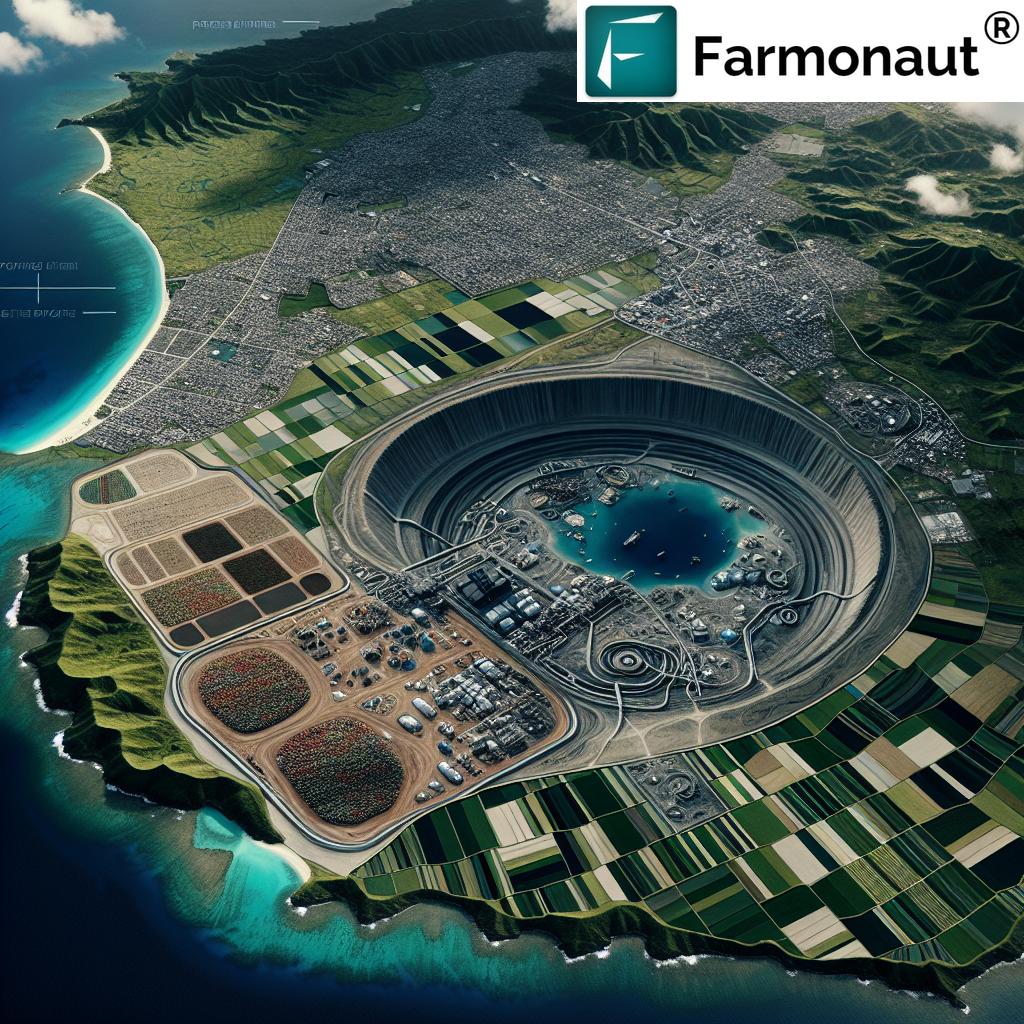
Understanding the Impact: Aquifer Protection and Agricultural Land Preservation
The new aquifer protection legislation and efforts towards agricultural land preservation in Hawaii are not merely bureaucratic exercises. They represent a fundamental shift in how we approach environmental policy and resource management on the islands. Let’s break down the key aspects of these changes:
- Protecting Oahu’s Drinking Water Supply: By prohibiting landfills over aquifers, the new laws aim to safeguard the island’s freshwater resources from potential contamination. This is crucial for ensuring a clean and sustainable drinking water supply for generations to come.
- Preserving Agricultural Land: The ban on landfills on prime agricultural land helps protect Oahu’s food production capabilities, supporting local agriculture and reducing dependence on imported goods.
- Environmental Stewardship: These laws reflect a broader commitment to environmental protection, acknowledging the interconnectedness of land use, water resources, and ecological health.
The significance of these changes cannot be overstated. As an island community, Oahu faces unique challenges in managing its limited resources. The protection of aquifers and agricultural land is not just about environmental conservation; it’s about securing the future livability and sustainability of the island.
The Honolulu Waste Crisis: A Pressing Challenge
The passage of these environmental bills brings the Honolulu waste crisis into sharp focus. For years, Oahu has grappled with the growing challenge of waste management, a problem exacerbated by limited land availability and an increasing population. The city’s struggle to find a new landfill site has now reached a critical point, with the chosen location northwest of Wahiawa now seemingly off the table due to the new legislation.
This situation underscores the complexity of waste management on an island with finite resources. The City of Honolulu now faces the daunting task of developing new strategies that comply with the stringent environmental protections while still addressing the island’s waste disposal needs.
The Dilemma: Balancing Waste Management and Environmental Protection
The City of Honolulu finds itself in a challenging position. The only legally available and feasible options for a new landfill are located above aquifers, a scenario now prohibited by the new laws. Additionally, Mayor Blangiardi has committed to not placing the next landfill on the Leeward Coast, further limiting potential sites.
This situation exemplifies the delicate balance that must be struck between addressing immediate waste management needs and upholding long-term environmental goals. It’s a dilemma that requires innovative thinking and a willingness to explore unconventional solutions.
Exploring Alternatives: The City’s Multi-Pronged Approach
In response to these challenges, the City of Honolulu is considering multiple strategies to address its waste management needs while complying with the new environmental regulations. Rodger Babcock, Director of the Department of Environmental Services, outlined a series of potential approaches:
- Plan A: The original plan to build a new landfill, now complicated by the new legislation.
- Plan B: Seeking amendments to Act 73, which prohibits building landfills over aquifers. However, this option faces significant legislative hurdles.
- Plan C: Exploring the possibility of extending the lifespan of or expanding existing landfill facilities, particularly if no other suitable locations can be identified on the island.
These alternatives highlight the need for creative problem-solving and flexibility in addressing Oahu’s waste management challenges. Each option comes with its own set of considerations and potential impacts on the island’s environment and communities.
“Two groundbreaking bills in Hawaii aim to protect 100% of Oahu’s drinking water supply and preserve vital agricultural land.”
The Time Crunch: Meeting Legal Obligations
Adding urgency to the situation is the Land Use Commission’s decree mandating the closure of the Waimanalo Gulch Sanitary Landfill by March 2028. This deadline puts significant pressure on city officials to develop and implement a viable waste management solution within a relatively short timeframe.
The challenge lies not only in finding an environmentally acceptable location for waste disposal but also in navigating the complex regulatory landscape and gaining community support for any proposed solutions. The city must balance these factors while ensuring continuity in waste management services for Oahu’s residents and businesses.
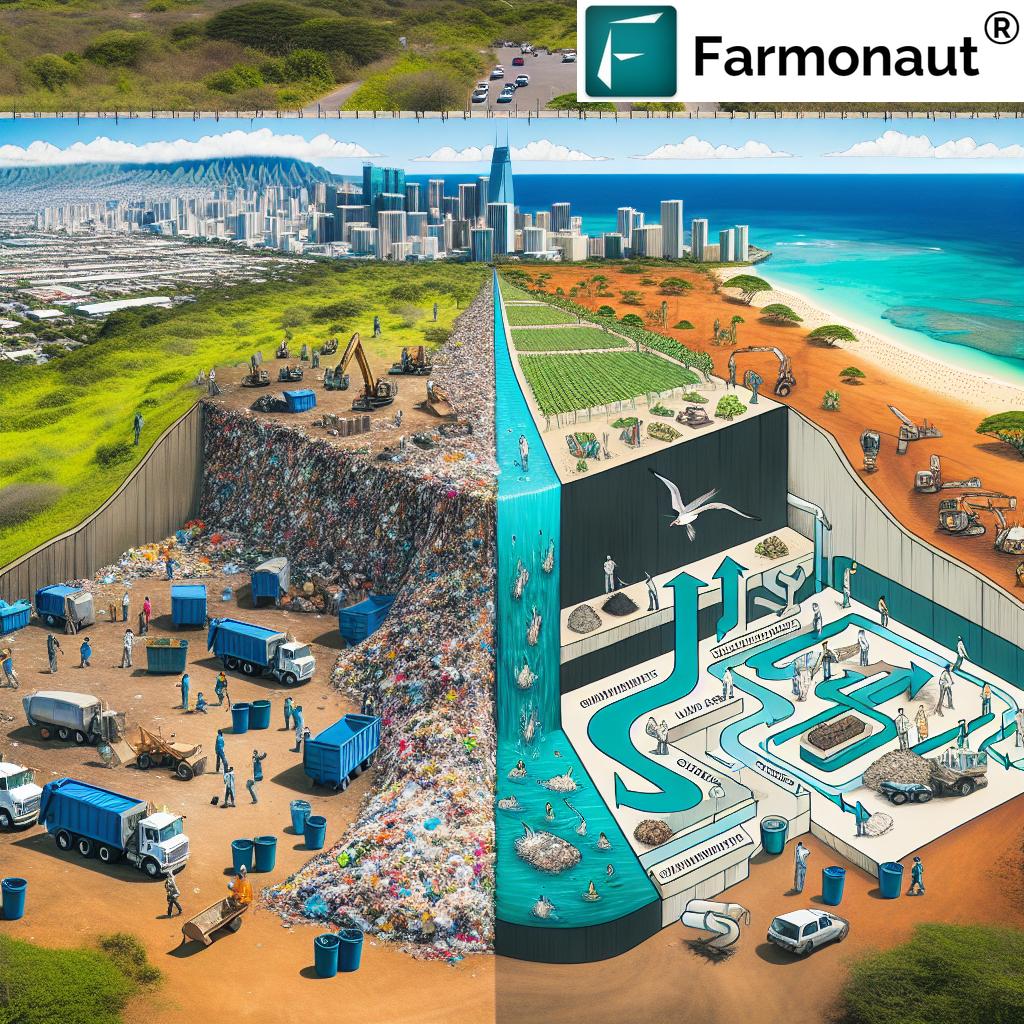
The Role of Technology in Sustainable Waste Management
As we grapple with these complex waste management challenges, it’s worth considering how technology can play a role in creating more sustainable solutions. While not directly related to waste management, companies like Farmonaut are demonstrating how satellite technology and AI can be leveraged to improve land use efficiency and environmental monitoring.
For instance, Farmonaut’s carbon footprinting technology could potentially be adapted to monitor and manage emissions from waste management facilities. This type of innovation could help city officials make more informed decisions about land use and environmental impact.
Similarly, blockchain-based traceability solutions could be applied to waste management processes, ensuring transparency and accountability in how waste is handled from collection to disposal. While these technologies are currently focused on agricultural applications, their principles could be invaluable in reimagining waste management systems.
Community Engagement and Public Opinion
The success of any waste management solution will heavily depend on community engagement and public support. The passage of these environmental bills reflects growing public concern about the impact of landfills on Oahu’s natural resources. Moving forward, it will be crucial for city officials to maintain open lines of communication with residents, environmental groups, and other stakeholders.
Public education initiatives about waste reduction, recycling, and the importance of sustainable waste management practices will be essential. By fostering a sense of shared responsibility, Oahu can work towards a more sustainable future that balances waste management needs with environmental protection.
The Broader Implications: A Model for Sustainable Island Communities
Oahu’s current waste management challenges and the legislative response to them offer valuable lessons for other island communities facing similar issues. The emphasis on protecting vital resources like freshwater aquifers and agricultural land sets a precedent for prioritizing long-term sustainability over short-term convenience.
As we navigate these challenges, we have the opportunity to develop innovative solutions that could serve as a model for sustainable waste management in island ecosystems worldwide. This could include advancements in waste reduction technologies, creative reuse programs, and integrated waste-to-energy solutions that minimize environmental impact while meeting the community’s needs.
| New Policy | Environmental Impact | Challenges for City Officials |
|---|---|---|
| Ban on landfills over aquifers | Protects drinking water supply | Finding alternative waste disposal sites |
| Ban on landfills on prime agricultural land | Preserves agricultural land | Potential amendments to existing facilities |
| Closure of Waimanalo Gulch Sanitary Landfill by 2028 | Reduces long-term environmental impact in the area | Meeting tight deadlines for new waste management solutions |
| Emphasis on sustainable waste management practices | Promotes overall environmental health and sustainability | Developing and implementing new waste reduction and recycling programs |
The Path Forward: Integrating Technology and Sustainability
As we look to the future of waste management on Oahu, it’s clear that innovative solutions will be necessary. While companies like Farmonaut focus on agricultural technology, their approach to using advanced technology for environmental monitoring and management could inspire similar innovations in the waste management sector.
For instance, the use of satellite imagery and AI for monitoring land use and environmental conditions could be adapted to help identify suitable locations for waste management facilities that minimize impact on aquifers and agricultural land. Similarly, fleet management technologies could be applied to optimize waste collection routes, reducing emissions and improving efficiency.
Sustainable Waste Management: A Collective Responsibility
Addressing Oahu’s waste management challenges is not solely the responsibility of city officials. It requires a collective effort from residents, businesses, and government entities. Here are some ways in which different stakeholders can contribute to more sustainable waste management practices:
- Residents: Embrace waste reduction and recycling practices in daily life. This could include composting, using reusable products, and properly sorting recyclables.
- Businesses: Implement corporate sustainability programs that focus on waste reduction and responsible disposal. This could include using eco-friendly packaging and participating in recycling programs.
- Government: Continue to develop and enforce policies that promote sustainable waste management while protecting vital natural resources. This includes investing in public education and infrastructure for waste reduction and recycling.
- Technology Sector: Innovate and adapt existing technologies to support more efficient and environmentally friendly waste management practices.
By working together and leveraging innovative technologies and practices, we can create a more sustainable waste management system for Oahu that protects our precious natural resources while meeting the needs of our growing population.
Conclusion: Charting a Sustainable Course for Oahu’s Future
The recent environmental bills banning landfills over aquifers and prime agricultural land mark a significant turning point in Oahu’s approach to waste management and environmental protection. While these changes present immediate challenges for city officials, they also offer an opportunity to reimagine how we handle waste on our island.
As we move forward, it’s clear that innovative solutions, community engagement, and a commitment to sustainability will be key to addressing Oahu’s waste management needs. By embracing new technologies, exploring alternative waste disposal methods, and fostering a culture of environmental responsibility, we can create a waste management system that not only meets our current needs but also preserves our island’s precious resources for future generations.
The path ahead may be challenging, but with collaboration, innovation, and a shared commitment to sustainability, Oahu can become a model for responsible waste management in island communities worldwide. Let’s work together to turn this environmental challenge into an opportunity for positive change and a more sustainable future for our beautiful island home.
FAQ Section
Q: What are the main environmental bills affecting Oahu’s waste management?
A: The two main bills are House Bill 969 and Senate Bill 438, which ban landfills over aquifers and on prime agricultural land.
Q: Why were these environmental bills passed?
A: The bills aim to protect Oahu’s drinking water supply and preserve vital agricultural land, reflecting a shift towards more sustainable environmental policies.
Q: How do these new laws impact Honolulu’s waste management plans?
A: The laws force city officials to rethink their waste management strategy, as the previously chosen site for a new landfill is now off-limits due to its location over an aquifer.
Q: What are the main challenges faced by city officials in light of these new laws?
A: The main challenges include finding alternative waste disposal sites, potentially amending existing legislation, and meeting the 2028 deadline for closing the Waimanalo Gulch Sanitary Landfill.
Q: Are there any alternative solutions being considered?
A: Yes, alternatives include seeking amendments to existing laws, expanding current facilities, and exploring innovative waste management technologies.
Q: How can residents contribute to addressing Oahu’s waste management challenges?
A: Residents can contribute by embracing waste reduction practices, recycling, composting, and supporting local initiatives for sustainable waste management.
Earn With Farmonaut
Earn 20% recurring commission with Farmonaut’s affiliate program by sharing your promo code and helping farmers save 10%. Onboard 10 Elite farmers monthly to earn a minimum of $148,000 annually—start now and grow your income!
For more information, visit Farmonaut’s Affiliate Program.
Farmonaut Subscriptions
Access Farmonaut’s Innovative Solutions
Explore Farmonaut’s cutting-edge agricultural technology solutions:
For developers interested in integrating Farmonaut’s technology:



